AI image generators have revolutionized digital creativity.
What once required expensive software and hours of manual work can now be done in seconds—whether it’s crafting hyper-realistic portraits, designing eye-catching ads, or bringing wild artistic concepts to life.
However, with so many AI image generators flooding the market, the real question many have is: what is the best free AI image generator?
In this guide, we’re cutting through the noise, ranking the best AI image generators in 2025.
By the end, you won’t need to dig through multiple reviews or test countless platforms. This is your one-stop resource for finding the best AI image generator.
Best AI Image Generators in 2025 (Ranked)
AI image generation has come a long way over the last few years, and the tools are getting much better and easier to use.
Of course, they’re not all equal.
One might provide state-of-the-art technology with photorealistic results while another falls short in prompt accuracy and usability.
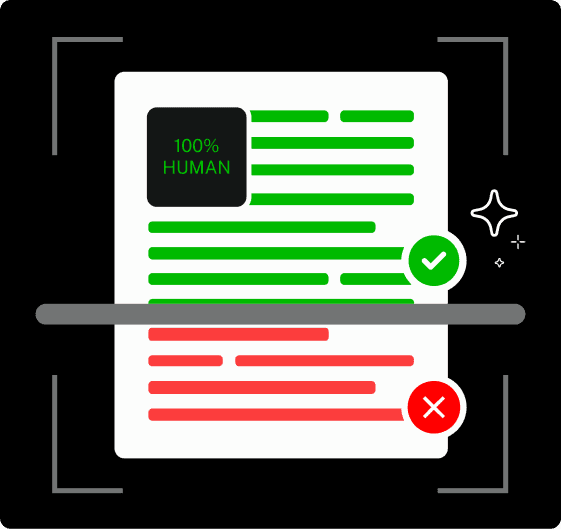
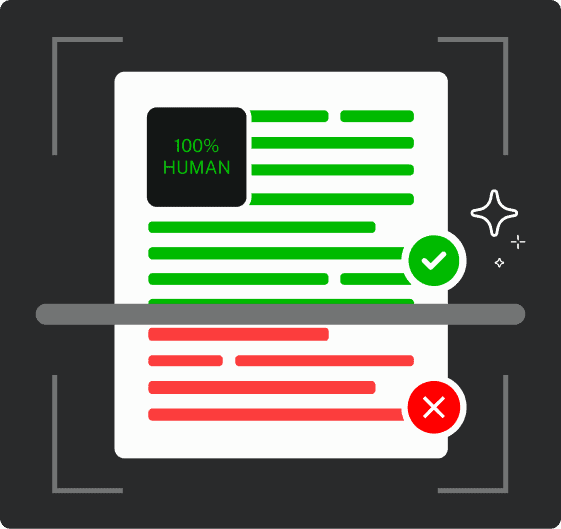
Never Worry About AI Detecting Your Texts Again. Undetectable AI Can Help You:
- Make your AI assisted writing appear human-like.
- Bypass all major AI detection tools with just one click.
- Use AI safely and confidently in school and work.
In any case, here is our ranking of the top AI image generators for 2025.
1. Google Imagen 3 (ImageFX): Best Overall AI Image Generator

Google’s Imagen 3, available for free through ImageFX, sets the standard for AI image generation in 2025 with its unmatched realism and near-perfect prompt adherence.
Its intuitive UI makes it accessible to beginners, while features like expressive chips allow for fine-tuned adjustments.
Offering top-tier results without a paywall, Imagen 3 stands out as the best AI image generator of the year, combining exceptional quality with ease of use.
2. Midjourney: Best for Hyper-Realistic Image Generation
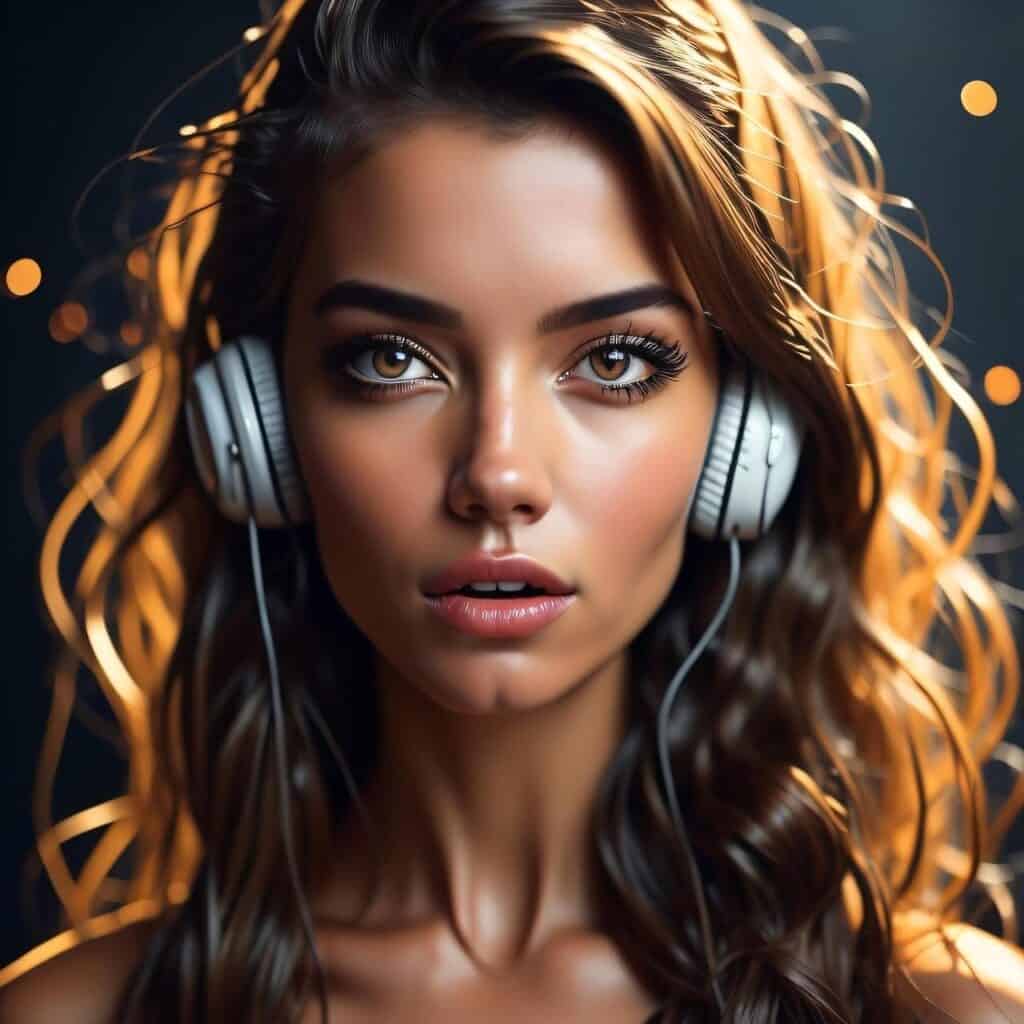
Midjourney is the top choice for those seeking industry-leading photorealism, delivering stunningly lifelike images with remarkable detail.
While it previously required Discord for prompts, its new standalone UI has made access easier.
However, it still comes with a learning curve, and with no free plan, users must subscribe starting at $10 per month.
Despite this, for those who prioritize realism and high-quality output, Midjourney remains the best option available.
3. OpenAI’s DALL-E 3 (via ChatGPT Plus): Best for Conversational Image Editing
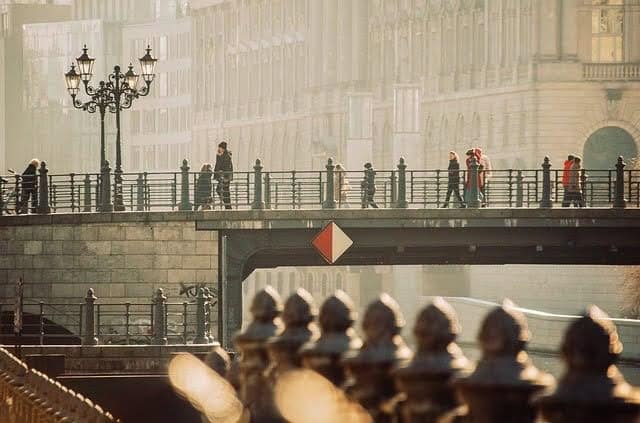
DALL-E 3, via ChatGPT, provides a unique conversational way of editing images. It lets users refine images by describing changes in natural language.
Although the site gives a free plan with restrictions, full access costs $20/month for a ChatGPT Plus subscription.
Being easy to operate, it’s an ideal choice for beginners, although it is not as flexible as some other AI image generators.
In any case, it’s a really great option for those who prefer a text-based way of making refinements instead of complicated manual tweaks.
4. Leonardo AI: Best for Customization and Text on Images
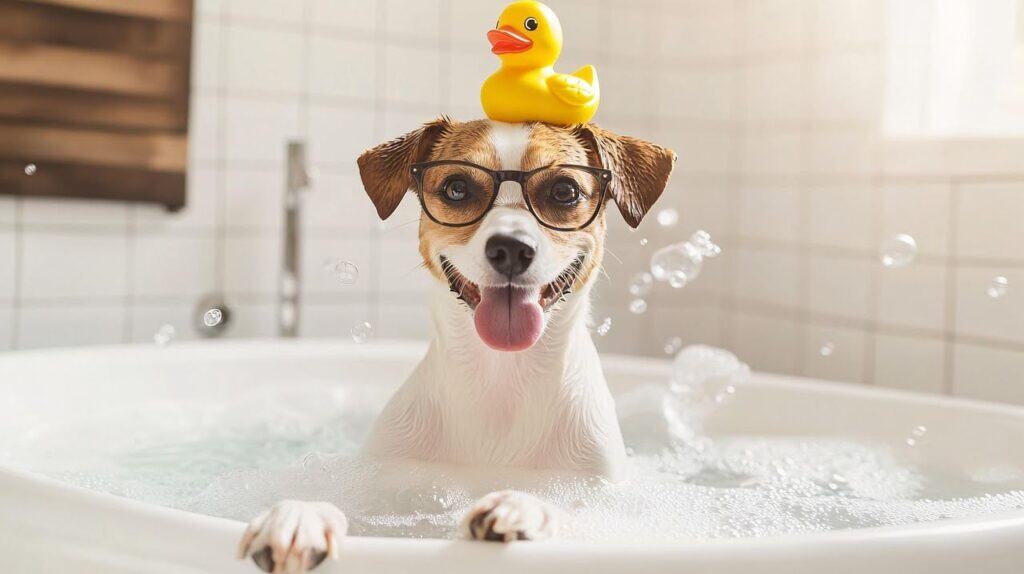
Leonardo AI provides you with advanced controls over styles, fine-tuning, and text integration, thereby making it one of the most versatile AI image generators on the market.
You can generate up to 150 images for free, with the paid plans starting from $10 per month.
While it gives enriched features and detailed customization, the interface takes a little getting used to.
Yet it is pretty high on the list for anyone looking to maintain control over their AI-generated imagery.
5. Adobe Firefly: Best for Ethical AI Image Generation
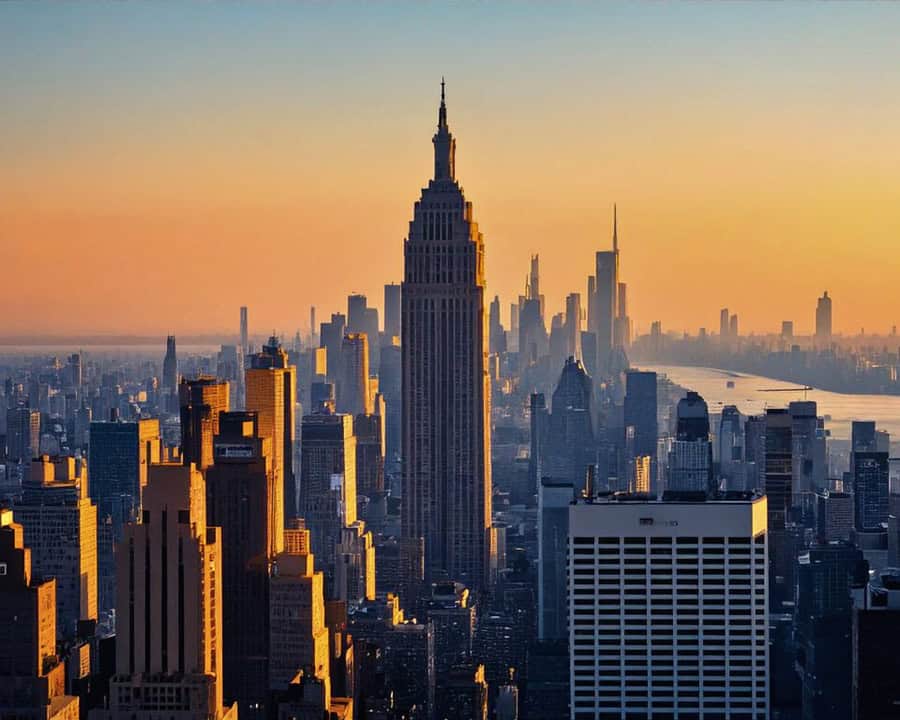
Adobe Firefly stands out for its ethically trained AI, using licensed Adobe Stock images to ensure commercially safe content.
It integrates seamlessly with Adobe Creative Cloud, making it a convenient choice for professionals.
While the tool is free with an Adobe account, premium plans start at $4.99 per month.
Firefly excels in generating high-quality artistic visuals, but it struggles with hyper-realistic images, making it best suited for designers who prioritize legally safe and stylized content over photorealism.
6. NightCafe: Best for Community Features

NightCafe is built on various AI models like Stable Diffusion and DALL-E; so, it is a very versatile choice for AI image generation.
The free tier is limited with daily credits, and paid plans start at $6/month. It is easy to start with but has a cluttered UI that can be quite complex.
Altogether, a very enticing package for a casual user looking for an active community of other users.
However, the results can be inconsistent, as NightCafe is not the big boy in the yard in terms of hardcore AI image rendering.
7. Microsoft Designer (DALL-E 3): Best Free Access to DALL-E 3
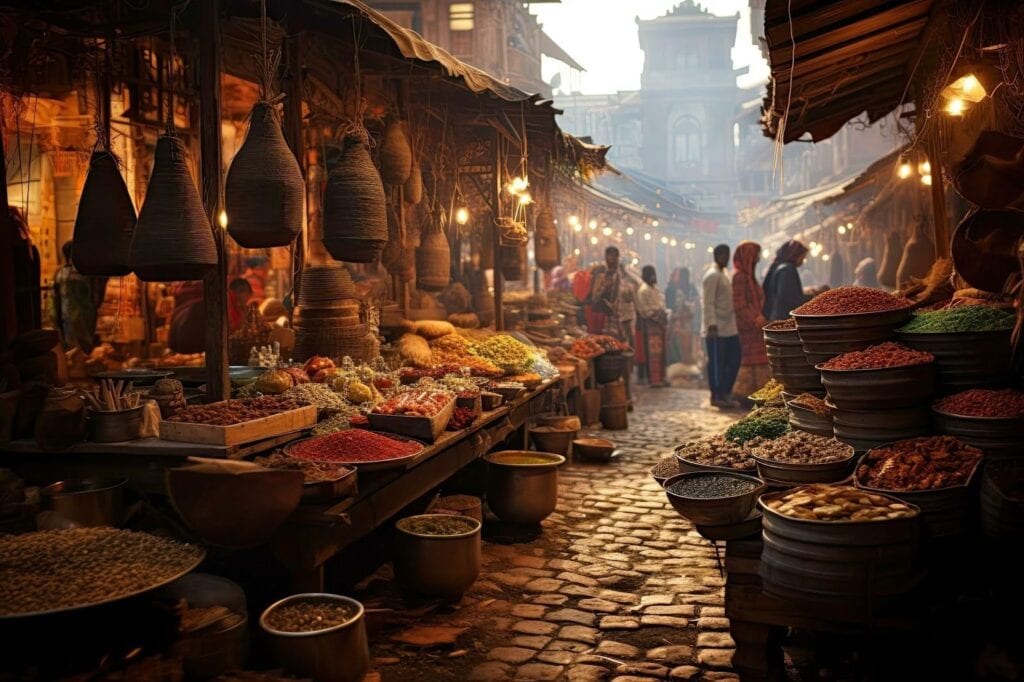
Microsoft Design provides OpenAI’s DALL-E 3 software to users for free, so it’s a pretty sweet deal for those who might not want to pay for AI-generated images.
The easy-to-use interface is great but far too simplistic in that the lack of pro-level editing options constrains the personalization of images.
While being a generally sound, free resource for casual use, it poorly processes complex inputs and does not have the same level of accuracy as its premium rivals.
8. Wombo Dream: Best for Mobile AI Art Creation
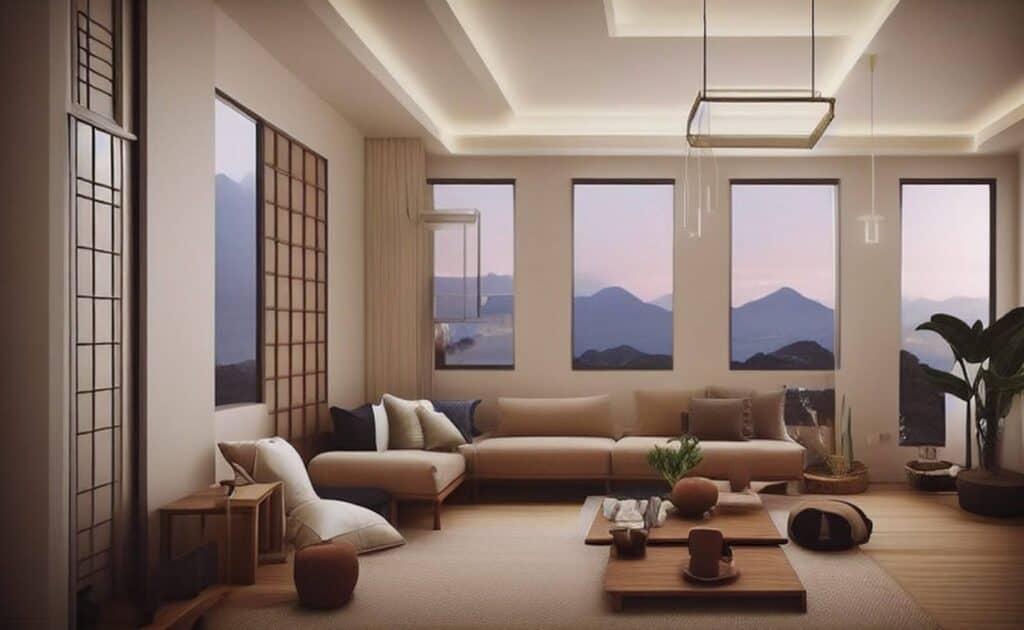
Wombo Dream is a mobile-friendly AI art generator that offers quick, stylized presets with a simple, one-click interface.
It’s free with limited access, while paid plans start at $10 per month.
While convenient for users who want to create AI art on the go, it lacks the precision and fine control needed for highly detailed or realistic images, making it better suited for casual creativity rather than professional use.
9. Stability AI’s DreamStudio: Best for Customization
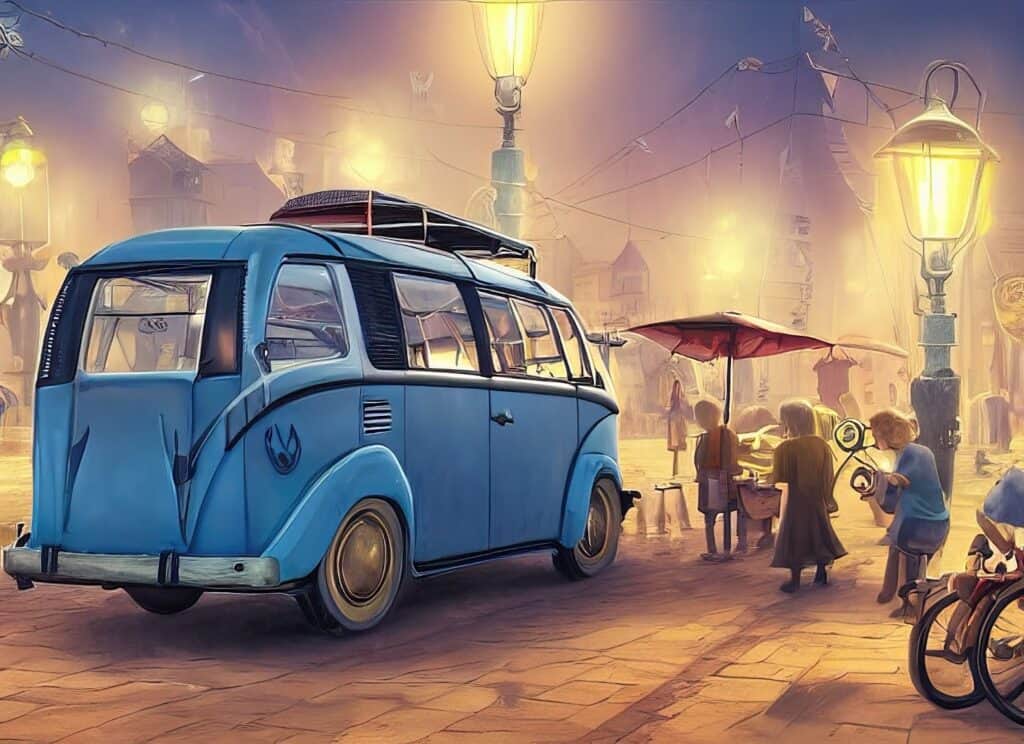
DreamStudio, the official UI for Stable Diffusion, offers a high level of customization, including negative prompts and aspect ratio control, making it ideal for users who want precise control over their images.
Operating on a pay-per-use model starting at $1 per 100 credits, it provides flexibility but requires some technical knowledge to navigate.
While its advanced settings appeal to experienced users, its interface can be intimidating for beginners, and its image quality isn’t always as consistent as top-tier AI generators.
10. Craiyon: Best for Free AI Image Generation

Craiyon was formerly known as DALL-E Mini and is an open-source, free AI image generator that allows unlimited prompts but provides only low image quality.
User-friendliness is one of the strongest features of the tool; however, customization is poor in that users cannot control the details, accuracy, and realism of objects, text, and compositions in the images.
It is fun to play around with, but not as satisfying for users wanting high-end imagery.
Side-by-Side Comparison
Below is a direct comparison of the best AI image generators based on key factors like image quality and customization.
| AI Generator | Best For | Strengths | Weaknesses | Pricing |
| Google Imagen 3 (ImageFX) | Overall Best | Top-tier realism, free to use, simple UI | Limited to Google account users | Free |
| Midjourney | Hyper-realistic images | Stunning photorealism, strong creative control | No free plan, requires Discord | Starts at $10/month |
| DALL-E 3 (ChatGPT Plus) | Conversational editing | Easy to modify images with text instructions | Requires ChatGPT Plus for full access | $20/month |
| Leonardo AI | Customization & text on images | Precise control, fine-tuning, strong text capabilities | Slight learning curve | Free (150 images), paid plans from $10/month |
| Adobe Firefly | Ethical AI images | Trained on licensed images, integrates with Adobe tools | Struggles with realism | Free with Adobe account, paid plans start at $4.99/month |
| NightCafe | Community & challenges | Multiple AI models, interactive contests | UI can be overwhelming | Free with limited credits, paid plans start at $6/month |
| Microsoft Designer (DALL-E 3) | Free DALL-E access | No cost for high-quality images | Limited editing control | Free |
| Wombo Dream | Mobile AI art | Quick, stylized images on mobile | Limited realism and detail | Free with limited access, $10/month for premium |
| Stability AI’s DreamStudio | Customization | Fine-tuned control with negative prompts | Requires technical skill | Pay-per-use ($1 per 100 credits) |
| Craiyon | Free, basic AI art | Unlimited free prompts | Poor image quality, lacks detail | Free |
This breakdown makes it easier to identify which AI image generator aligns with your needs.
Best AI Image Generator by Use Case
Not all AI image generators serve the same purpose. Some are built for artists, others for business professionals.
Here’s a look at the best AI image generators based on different user needs.
For Artists and Illustrators: Midjourney
You don’t just want image-generating AI if you are a digital artist or an illustrator; you need an AI that understands composition, texture, intent, and much more.
Through rigorous tests, Midjourney has remained the benchmark for any artist looking for handcrafted-esque artwork with the help of AI.
- Why? Midjourney has a peculiar way of understanding the given task and many times inspires the assigned artist to work on details. Impressionist, photorealistic, or surreal. Midjourney delivers any kind of artwork with an organic ‘painterly’ touch that most AI tools fail to give.
- The Catch? It has no free plan, and the Discord-based interface can be intimidating for beginners.
- Runner-Up: If you want more control over fine-tuned styles, Leonardo AI lets you tweak nearly every parameter, making it a great tool for refining artistic vision.
For Marketers and Content Creators: DALL-E 3
Marketing isn’t just about visuals—it’s about precision, brand consistency, and engagement.
Whether you’re creating advertisements, website graphics, or social media posts, your AI tool needs to align with your brand identity and campaign goals.
- Why? DALL-E 3, integrated with ChatGPT Plus, is a game-changer for marketers. Unlike other AI generators that require tweaking images manually, DALL-E 3 allows natural language-based refinements—you can tell it to adjust colors, lighting, or even tweak the mood of an ad, and it adapts instantly.
- The Catch? You’ll need a ChatGPT Plus subscription ($20/month) to access full features. Free users only get a couple of generations per day.
- Runner-Up: If your concern is brand safety, Adobe Firefly is trained on licensed images, making it ideal for commercial use without legal risks.
For Businesses and Product Mockups: Google’s ImageFX
If you’re running an eCommerce store or launching a new product, you don’t want AI-generated art—you need photo-realistic product mockups.
That’s where Google Imagen 3 (via ImageFX) shines.
- Why? ImageFX delivers some of the most hyper-realistic renders on the market, making it ideal for showcasing products before production. Whether you need a fashion mockup, packaging preview, or a concept for a new product, ImageFX can generate stunningly accurate images—and it’s free.
- The Catch? It requires a Google account, and while great for realism, it’s not as flexible for artistic designs.
- Runner-Up: While Midjourney isn’t designed for product mockups, its ability to create cinematic, high-quality renders makes it a solid alternative for high-end marketing visuals.
For Social Media and Meme Creation: Microsoft Designer
As a social media manager, meme maker, or influencer, you need a lightning-fast, free tool to consistently produce engaging content.
That’s exactly what Microsoft Designer does, standing as the best free AI generation solution available, thanks to DALL-E 3.
- Why? Unlike its advanced AI counterparts that are big on in-depth fine-tuning, Microsoft Designer is plug-and-play. Just feed it with your concept and receive high-quality AI-generated visuals without hitting a paywall.
- The Catch? It is free but doesn’t have granular editing controls, so if you have to refine text placement or colors, you’ll need an external tool.
- Runner-Up: One frequently asked question on many forums and websites is, what is the best ai image generator free mobile based app? Wombo is the answer, and for social media-savvy people, it is a good alternative to Microsoft Designer.
For NFT or Digital Collectibles: Leonardo AI Takes the Crown
Creating NFTs or digital collectibles isn’t just about generating random AI images—it’s about making unique, high-quality pieces that stand out in the crypto art world.
If that’s your goal, Leonardo AI is your best bet.
- Why? Leonardo AI gives creators full control over the output, allowing for precise styling, text overlays, and high-definition upscaling—all essential features for NFT creation. It also enables batch generation, so you can create entire NFT collections with consistent aesthetics.
- The Catch? While the free tier lets you generate up to 150 images, you’ll need a paid plan ($10/month and up) for more advanced features.
- Runner-Up: While not specifically designed for NFTs, Midjourney’s artistic depth and style flexibility make it a great tool for generating high-end digital collectibles.
Pros and Cons of Using AI Image Generators
An AI image generator is by no means perfect, and understanding its pros and cons is crucial to getting the most out of it.
Pros of AI Image Generators
- Saves Time & effort: what used to take hours in Photoshop now takes seconds with a good AI prompt. No endless tweaking. Just describe what you need, and let AI do the heavy lifting.
- Cost-effective: hiring a designer or illustrator for every project is expensive. Professional-quality images on several of these AI tool sites come at a fraction of the cost, some even for free.
- Infinite Creativity: Do you have a design idea stuck in your mind? AI churns out quirky concepts, breaking your creative block and leading you to explore even more styles.
- Scalability and Customization: AI generators such as Leonardo AI and Midjourney finetune images to fit your vision. Besides, batch AI generation makes the creation of a complete set of visuals a cakewalk.
Cons of AI Image Generators
- Limited Originality: While AI is great at remixing existing styles, it struggles with true originality. Artists using AI should always add their own touch to stand out.
- Ethical & Copyright Concerns: Some AI tools are trained on publicly available images, raising concerns about the uncredited use of artists’ work. Adobe Firefly is one of the few AI tools trained on licensed images.
- Inconsistent Results: Not all prompts deliver picture-perfect results. Expect to experiment with wording and settings to get the image you want.
- Over-Reliance on AI: While AI is a powerful tool, it shouldn’t replace human creativity. The best results often come from a combination of AI and manual refinements.
How to Get the Best Results From an AI Image Generator
AI-generated images can be hit or miss depending on how you use the tool.
To consistently get high-quality results, follow these expert tips:
Use Descriptive, Clear Prompts
AI thrives on detailed instructions. Instead of saying “a cat,” try typing, “A highly detailed, photorealistic tabby cat sitting on a wooden porch, bathed in golden sunset light, DSLR quality.”
The more specific your description, the better the AI understands your vision.
Experiment with Different Styles
Most generators allow style customization. Try keywords like “cinematic lighting”, “watercolor painting”, “cyberpunk aesthetic”, or “3D-rendered Pixar-style”. Some tools even allow you to convert an image to 3D, adding depth and dimension that can enhance realism or create immersive product visuals.
Midjourney and Leonardo AI are especially great for experimenting with different artistic looks.
Adjust Image Settings
In the case that they are available, tweak settings like image resolution, aspect ratio, and negative prompts (which tell AI what to avoid).
Leonardo AI and Stable Diffusion-based tools offer granular control over image parameters.
Refine with AI Editing Tools
DALL-E 3 and Adobe Firefly allow direct text-based edits, meaning you can fine-tune images without starting over.
Upscale for Maximum Quality
AI-generated images can sometimes lose detail when enlarged.
Use built-in upscale (Midjourney, Leonardo AI, Freepik) or external tools like Topaz Gigapixel AI to improve sharpness.
How to Tell If an Image Was AI-Generated
In recent times, the line between what is real and what is artificially generated has become slimmer; so how can one determine if an image is AI-generated?
- Unnatural Hands & Fingers: Despite improvements, AI still occasionally outputs weirdly contorted hands or extra fingers sometimes. Overtly Smooth or Plastic Skin: Too perfect, almost airbrushed, skin that is devoid of natural imperfections is a tell-tale sign of AI image generation.
- Strange Background Details: At times, there may be misspelled background text or misshaped street signs. These all point to AI generation.
- Repeating Patterns: Perfectly symmetrical images with oddly repetitive elements are typically AI-generated.
- Metadata Clues: Sometimes, metadata reveals the AI model that was used to create the image in question. This can be verified in tools like Photoshop or any EXIF reader.
Check Authenticity with Our AI Image Detector
If you need definitive proof, use an AI image tool for AI detection.
Our Undetectable AI Image Detector scans images for patterns unique to AI-generated content.
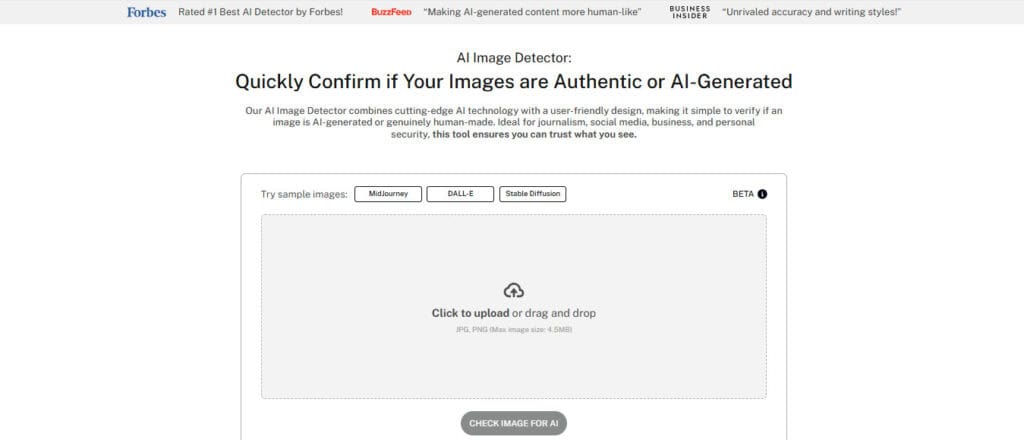
To use it, follow these steps:
- Upload the image you want to check.
- Run the analysis—our tool will compare the image against AI fingerprints.
- Get instant results, showing the probability that the image was AI-generated.
This is essential for journalists, businesses, and social media users who need to verify image authenticity before using or sharing them.
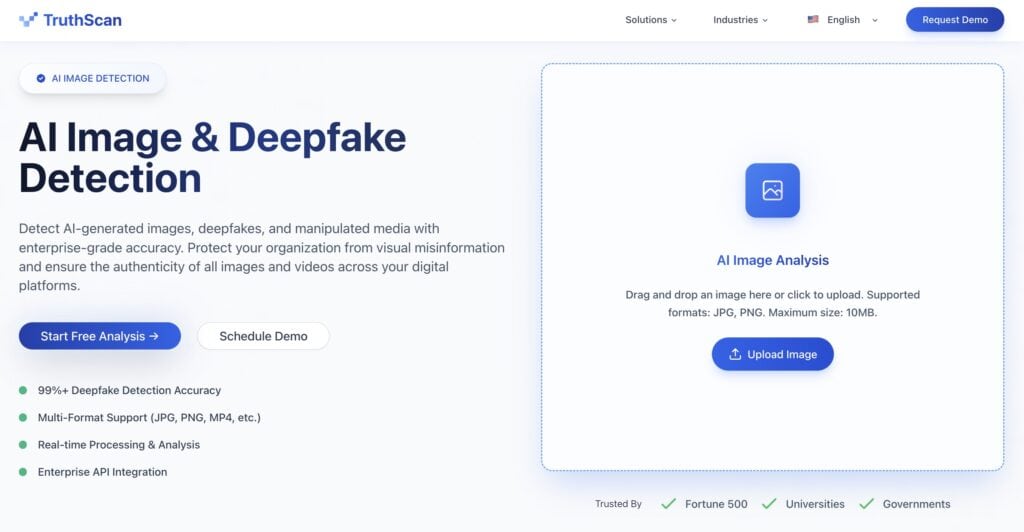
For more advanced detection and broader coverage, TruthScan’s AI Image Detector is another powerful option.
It scans images across multiple formats — including manipulated visuals, GAN-generated art, and synthetic photography — and uses deep forensic analysis to assess authenticity.
Whether you’re a journalist, marketer, or content creator, TruthScan helps ensure the visuals you use are credible, accurate, and safe to publish.
Together, Undetectable AI and TruthScan form a strong toolkit for catching misinformation before it spreads.
While you’re here, don’t forget to explore our AI Detector and Humanizer in the widget below!
Final Thoughts: Choosing the Best AI Image Generator
AI image generators have reshaped digital creativity, offering powerful tools for artists, marketers, and businesses alike.
Choosing the right one depends on your specific needs—whether it’s photorealism, artistic flair, or branding precision.
As AI technology continues to evolve, it will get increasingly difficult to tell AI-generated images apart from handcrafted images.
Avoid the stress of manually detecting images and use our AI image tool for quick detection.
